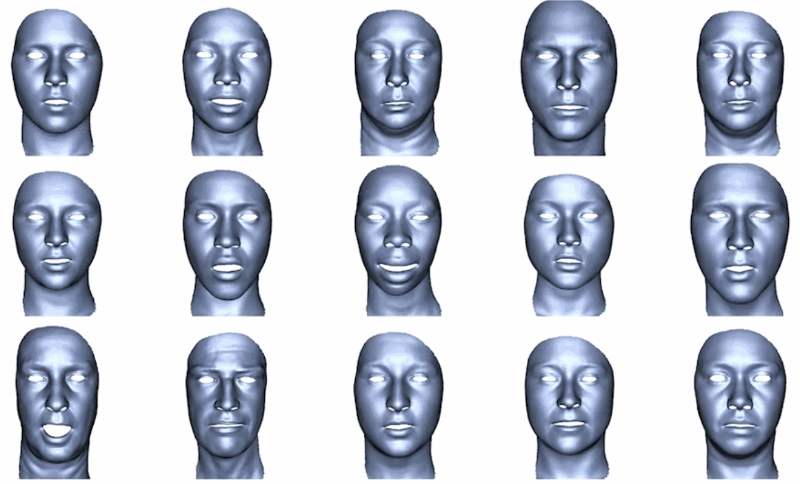How Disney’s AI Breakthrough Makes 3D Facial Animation More Realistic
The Challenge of Authentic 3D Facial Expressions
Modern films and video games rely heavily on 3D-rendered faces, yet creating natural-looking facial animations remains a significant technical hurdle. While today’s high-resolution models have come far from early wooden expressions, capturing the subtle nuances of human emotion still poses challenges. Disney Research has developed an innovative solution that could revolutionize digital facial animation while avoiding the dreaded “uncanny valley” effect.
The Limitations of Current Animation Techniques
Traditional approaches to 3D facial animation fall into two categories with distinct drawbacks:
Linear Models:
- Allow adjustable expressions (e.g., happiness from 0-100% intensity)
- Often produce unrealistic or impossible facial configurations
- Lack the complexity of genuine human expressions
Neural Network Models:
- Learn intricate expression patterns from real faces
- Typically only work on the specific faces they were trained on
- Offer limited control for artists and animators
Disney’s Semantic Deep Face Model: A Hybrid Solution
Disney Research’s breakthrough approach combines the best aspects of both methods:
- Neural Network Foundation: Learns how expressions affect entire faces holistically
- Generalizable Application: Works across different face shapes and structures
- Nonlinear Flexibility: Allows natural interaction between expressions and facial geometry
“This model can take an expression from 0-100 smoothly on any 3D face,” explains the research team, enabling unprecedented control and realism.
 Image Credits: Disney Research
Image Credits: Disney Research
Practical Applications in Media Production
The implications for entertainment and gaming are substantial:
- Mass Character Generation: Create diverse crowds with unique, realistic expressions
- Game Development Efficiency: Animate non-player characters without individual rigging
- Consistent Quality: Maintain expression authenticity across character designs
The Bigger Picture in Digital Animation
While this represents significant progress, Disney’s semantic deep face model is just one piece of the digital animation puzzle. Other critical advancements include:
- Markerless facial motion capture
- Improved skin deformation physics
- Realistic eye movement simulation
- Advanced hair and lighting effects
The full research paper was presented at the International Conference on 3D Vision and is available for review.
This innovation marks another step forward in Disney’s ongoing work at the intersection of AI and digital animation, building on previous breakthroughs like their neural face-swapping technique.












